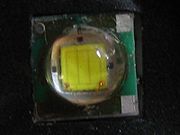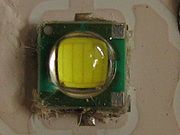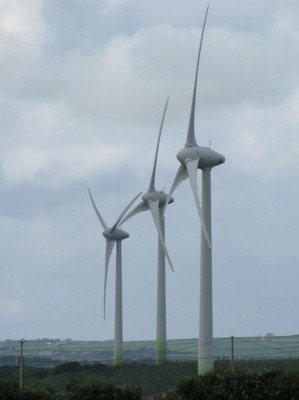Last Fall, my contract with Gas South was up. They had been the cheapest 18 months earlier, right around the time of the BP oil disaster in the Gulf of Mexico. I locked in at 77¢ a therm then thinking that Natural Gas prices would stay high due to less production from the Gulf. But I didn’t count on the expansion of fracking which has flooded the market with an inexpensive supply of domestic natural gas (it’s very hard to import natural gas except by pipeline since it involves compressing or liquefying the gas in order to ship it). So prices have been going down a lot lately.
I had signed up with Georgia Natural Gas in part to take advantage of a program they had with Delta to give you frequent flyer miles for switching. I was just short of what I needed for a free ticket, so signing up and getting the bonus was almost like getting a free airline ticket (except I haven’t used it yet and it’s not as simple as that: some flights require more miles than others). I only locked in for six months (at 64.9¢ a therm) because I wanted to be able to renegotiate in the Summer when gas is cheaper rather than winter as prices are going up. My plan expires at the end of this month.
I looked into prices and found that the lowest price now is around 50¢ per therm and GNG would charge 58¢ for renewing customers (51¢ for new customers). I called them to see what kind of deal they could offer. They said the price to renew would be 58¢ a therm. I said “Is that the best you can do?” and they said they could knock 8¢ off (giving me the new customer rate!) or take $5 off my bill every month.
So I made a quick break for my spreadsheet where I’ve been tracking natural gas usage. An 8-cent reduction in 2011 would have saved me $41.67. In 2010, the savings would have been $48.60. So I opted for the guaranteed savings of $60 a year with the $5 a month plan. If I hadn’t asked for the discount, I would have been out sixty bucks. Gas prices could continue to go down, but I feel better locking in.



